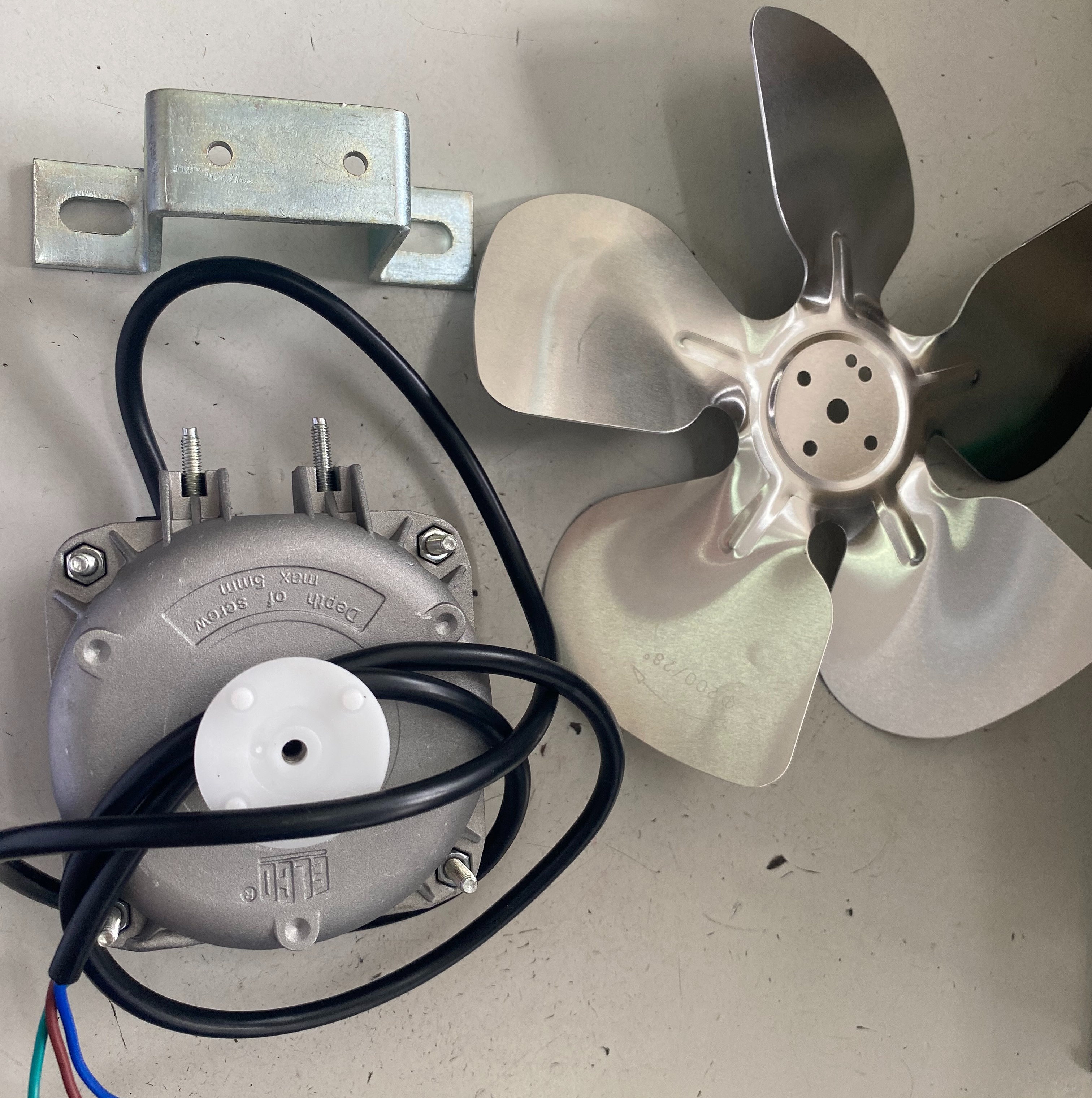

Articles
Where Is Condenser Fan In Refrigerator
Modified: January 6, 2024
Learn where the condenser fan is located in a refrigerator and how it functions. Read our informative articles on this crucial component of your appliance.
(Many of the links in this article redirect to a specific reviewed product. Your purchase of these products through affiliate links helps to generate commission for Storables.com, at no extra cost. Learn more)
Where Is the Condenser Fan in a Refrigerator?
The condenser fan in a refrigerator plays a crucial role in keeping your appliance running efficiently. It helps to dissipate heat from the refrigerator’s condenser coils, ensuring that the refrigerant is properly cooled and transformed from a high-pressure gas to a liquid state. This process is essential for maintaining the desired temperature inside the refrigerator and preventing the compressor from overheating. So, where exactly is the condenser fan located?
In most modern refrigerators, the condenser fan is typically found at the back of the appliance, near the bottom. It is usually positioned behind a protective grill or panel. This location allows for efficient airflow and heat dissipation. The fan is designed to pull air through the condenser coils and expel it out of the refrigerator, helping to maintain a constant temperature and prevent overheating.
To locate the condenser fan, you will need to access the back of the refrigerator. This can usually be done by pulling the refrigerator away from the wall to provide enough space for you to work. Once you have access to the back of the appliance, you may need to remove any screws or clips holding the protective grill or panel in place. These can vary depending on the make and model of your refrigerator.
After removing the grill or panel, you should be able to see the condenser fan. It is a relatively small and circular fan that is attached to the condenser coils. Depending on the design of your refrigerator, the fan may be easily visible or partially concealed by other components. Take note of the fan’s location and how it is secured to the coils, as this will be important if you need to troubleshoot or repair it in the future.
It’s important to note that some older refrigerator models may have a different layout, with the condenser fan and coils located underneath the appliance rather than at the back. In these cases, you may need to remove the kickplate or access panel at the front of the refrigerator to reach the condenser fan.
Now that you know where to find the condenser fan in your refrigerator, let’s explore some common problems that can arise with this component and how to troubleshoot and repair them.
Key Takeaways:
- The condenser fan in a refrigerator is typically located at the back of the appliance, near the bottom, and plays a crucial role in maintaining efficient cooling and preventing overheating.
- Regular maintenance, such as cleaning the condenser coils and inspecting the fan blades and motor, is essential to ensure the longevity and efficiency of the condenser fan in your refrigerator.
Introduction
Keeping our food fresh and chilled is made possible by the wonders of refrigeration technology. Refrigerators are essential appliances in our homes, and they rely on various components working together to maintain optimal temperature and cooling. One of these crucial components is the condenser fan.
The condenser fan, often overlooked but highly significant, plays a vital role in the refrigeration process. Its primary function is to dissipate heat from the refrigerator’s condenser coils, ensuring the efficient cooling of the refrigerant. By helping to release excess heat, the condenser fan keeps the refrigerator working smoothly and prevents the compressor from overheating.
In this article, we will explore the question, “Where is the condenser fan located in a refrigerator?” Understanding the location and purpose of the condenser fan can be helpful if you ever need to troubleshoot or repair your refrigerator.
We will also discuss common problems that may arise with the condenser fan and provide tips for troubleshooting and repairing these issues. Additionally, we will share some maintenance tips to help you keep your condenser fan in excellent working condition and extend the lifespan of your refrigerator.
By gaining a better understanding of the condenser fan and its importance in the refrigeration process, you will be better equipped to identify potential problems and take appropriate action. Let’s delve into the topic and discover where the condenser fan is typically located in a refrigerator.
Understanding the Purpose of a Condenser Fan
To comprehend the importance of the condenser fan in a refrigerator, it’s essential to first grasp the basic principles of refrigeration. Refrigerators work on the principle of heat transfer, moving heat from the interior of the fridge to the exterior, resulting in a cool environment for food storage.
The refrigeration process begins with the compressor, which increases the pressure and temperature of the refrigerant gas. This high-pressure gas flows through the condenser coils, located either at the back or underneath the refrigerator. The condenser coils, made of metal tubing, are designed to dissipate heat and transform the refrigerant gas into a liquid state.
This is where the condenser fan comes into action. It is strategically positioned near the condenser coils to facilitate the release of heat. As the refrigerant gas flows through the condenser coils, the condenser fan pulls ambient air over the coils, carrying away the heat generated by the pressurized gas. This process causes the refrigerant to condense and transform into a liquid, ready to cool the interior of the refrigerator.
Without the condenser fan, the heat dissipation process would be significantly compromised. The condenser coils would struggle to cool down, leading to inefficient refrigeration and increased energy consumption. Additionally, the compressor could overheat, resulting in potential damage to the refrigerator’s components.
Thus, the primary purpose of the condenser fan is to provide the necessary airflow over the condenser coils, ensuring efficient heat transfer. By constantly keeping the coils cool, the condenser fan allows for proper refrigerant condensation, maintaining the desired temperature inside the refrigerator.
In summary, the condenser fan is a crucial component in the refrigeration process, responsible for expelling heat from the system. Its role in cooling the condenser coils and facilitating the conversion of the refrigerant from a gas to a liquid state is vital for the overall functioning of the refrigerator. Understanding the purpose of the condenser fan helps us recognize its significance and appreciate its role in ensuring the efficient operation of our refrigerators.
Locating the Condenser Fan in a Refrigerator
Now that we understand the purpose of a condenser fan in a refrigerator, let’s delve into the process of locating it within the appliance. It’s important to note that while the general placement of the condenser fan is consistent, there may be variations between different refrigerator models. However, we will provide a general guideline to help you find the condenser fan in most refrigerators.
In most modern refrigerator designs, the condenser fan is typically located at the back of the appliance, near the bottom. To locate it, start by unplugging the refrigerator and, if possible, pulling it away from the wall to allow for easier access. Removing any items stored on top of or around the refrigerator will also provide better visibility and maneuverability.
Next, take a look at the back of the refrigerator. You will likely see a protective grill or panel covering the rear section. This grill or panel is designed to safeguard the internal components, including the condenser fan and coils. Using a screwdriver or a suitable tool, carefully remove any screws or clips securing the grill or panel in place. Remember to keep track of the fasteners for reassembly later.
Once the grill or panel is removed, you should be able to see the condenser fan. It is typically a small, cylindrical fan situated near the condenser coils. The fan may be clearly visible or partially concealed by other components, depending on the refrigerator’s design. Take note of the fan’s location and how it is attached to the coils, as this knowledge will be helpful if you need to troubleshoot or repair the fan in the future.
It’s worth mentioning that older refrigerator models may have a different layout, with the condenser fan and coils located underneath the appliance rather than at the back. In such cases, you might need to remove the kickplate or access panel at the front of the refrigerator to access the condenser fan.
Remember to exercise caution throughout the process. If you are uncertain about any steps or encounter difficulties, it is always best to consult the refrigerator’s user manual or seek professional assistance.
Successfully locating the condenser fan in your refrigerator is an important step towards maintaining and troubleshooting this crucial component. With a clear understanding of its location, you will be better equipped to address any potential issues that may arise in the future.
The condenser fan in a refrigerator is typically located at the back or bottom of the unit, near the compressor. It helps to dissipate heat from the condenser coils, so make sure it is clean and free from any obstructions for optimal cooling performance.
Common Problems Related to the Condenser Fan
While the condenser fan in a refrigerator is a resilient component, it can still experience issues over time. These problems can affect the overall performance and efficiency of your refrigerator. Understanding the common problems related to the condenser fan will help you identify and address them promptly. Here are some of the most common issues:
1. Fan not spinning: If you notice that the condenser fan is not spinning or is spinning at a slower speed than usual, it could indicate a problem with the fan motor or the fan itself. This can result from a faulty motor, a broken fan blade, or an obstruction preventing the fan from rotating properly.
2. Loud or unusual noises: Unusual noises coming from the condenser fan can point to a variety of issues. It could be due to loose or damaged fan blades hitting other components, a worn-out fan motor, or a problem with the fan mounting. It’s essential to identify the source of the noise and address it to prevent further damage.
3. Overheating: If the condenser fan fails to cool the condenser coils adequately, it can lead to overheating. This can cause the compressor to work harder, potentially resulting in increased energy consumption and a shorter lifespan for the compressor. Overheating issues may arise from a malfunctioning fan motor, a blocked or dirty condenser coil, or improper airflow around the fan.
4. Excessive frost or ice buildup: If frost or ice accumulates on the condenser coils, it can restrict airflow and hinder the performance of the condenser fan. This buildup may occur due to a defrosting issue, a faulty defrost heater or thermostat, or inadequate ventilation around the coils.
5. Electrical problems: Electrical problems, such as a blown fuse or a tripped circuit breaker, can cause the condenser fan to malfunction. These issues may be the result of a power surge, a faulty electrical connection, or a problem with the refrigerator’s control board.
It’s important to address these problems promptly to prevent further damage to the condenser fan and other components of the refrigerator. If you encounter any of these issues, consider troubleshooting or seeking professional assistance to diagnose and repair the problem. Regular maintenance can also help prevent these problems from occurring in the first place.
By having a good understanding of the common problems related to the condenser fan, you can be proactive in addressing these issues and ensuring the efficient functioning of your refrigerator.
Read more: Where Is The AC Condenser Located
Troubleshooting and Repairing the Condenser Fan
When issues arise with the condenser fan in your refrigerator, troubleshooting and repairing the problem can help restore its functionality and prevent further damage. Here are some steps to follow when troubleshooting and repairing the condenser fan:
1. Inspect for obstructions: Begin by checking for any obstructions that may be hindering the movement of the condenser fan. Remove any debris, dirt, or ice buildup around the fan blades and the condenser coils. Ensure there are no items blocking or impeding the fan’s rotation.
2. Check fan motor: If the fan is not spinning or spinning slowly, inspect the fan motor for any signs of damage or malfunction. Listen for any unusual noises coming from the motor. If the motor appears faulty, it may need to be replaced to restore proper fan operation.
3. Inspect the fan blades: Examine the fan blades for any cracks, chips, or damage. If the blades are damaged, they may need to be replaced to ensure smooth and efficient operation. Ensure the blades are securely attached to the fan motor.
4. Test the fan motor: Use a multimeter to test the continuity and resistance of the fan motor. Follow the manufacturer’s guidelines to assess if the motor is functioning properly. If the motor shows signs of failure, it will likely need to be replaced.
5. Check power supply: Ensure that the refrigerator is receiving adequate power supply. Check the circuit breaker and fuses to ensure they are not tripped or blown. If necessary, reset the breaker or replace the fuse.
6. Clean the condenser coils: Over time, dust and debris can accumulate on the condenser coils, impeding airflow and causing the condenser fan to work harder. Use a brush or vacuum cleaner to gently clean the coils. Be careful not to damage the delicate fins of the coils.
7. Contact a professional: If the troubleshooting steps do not resolve the issue or if you are uncomfortable with performing further repairs, it is advisable to contact a professional appliance repair service. They have the expertise to accurately diagnose and repair complex condenser fan problems.
Remember to always refer to the manufacturer’s instructions and guidelines specific to your refrigerator model when troubleshooting or repairing the condenser fan. If your refrigerator is still under warranty, it is recommended to contact the manufacturer or authorized service center for assistance.
By following these troubleshooting and repair steps, you can effectively address condenser fan problems in your refrigerator and restore proper functionality to your appliance. Regular maintenance and prompt attention to issues will help prolong the life of the condenser fan and ensure the optimal performance of your refrigerator.
Maintenance Tips for the Condenser Fan
Regular maintenance of the condenser fan in your refrigerator is essential to ensure its optimal performance and prevent potential issues. By following these maintenance tips, you can extend the lifespan of your condenser fan and keep your refrigerator running efficiently:
1. Clean the condenser coils: Over time, dust, dirt, and debris can accumulate on the condenser coils, hindering airflow and reducing the fan’s efficiency. Regularly clean the coils using a brush or vacuum cleaner with a soft brush attachment. This will help maintain proper airflow and prevent the condenser fan from having to work harder than necessary.
2. Keep the area around the fan clear: Ensure that there is sufficient space around the condenser fan for proper ventilation. Avoid placing items, such as boxes or other appliances, near the fan. Restricted airflow can lead to overheating and strain on the fan motor.
3. Check the fan blades: Periodically inspect the fan blades for any signs of damage, such as cracks or chips. Damaged blades can disrupt airflow and reduce the fan’s efficiency. If you notice any damage, replace the blades promptly.
4. Inspect the fan motor: Regularly check the fan motor for any signs of wear or malfunction. Listen for unusual noises coming from the motor, as this can be an indication of a problem. If you suspect an issue with the motor, have it inspected and replaced if necessary.
5. Monitor temperature fluctuations: Pay attention to any sudden temperature fluctuations or changes in refrigerator performance. If you notice inconsistent cooling or excessive ice buildup, it could be a sign of a condenser fan problem. Address these issues promptly to prevent further damage.
6. Avoid overloading the refrigerator: Overloading your refrigerator can strain the condenser fan and other components. Ensure that you do not exceed the recommended maximum load capacity. This will help maintain proper airflow around the fan and prevent unnecessary stress on the motor.
7. Schedule professional maintenance: Consider scheduling regular professional maintenance for your refrigerator, including the inspection and servicing of the condenser fan. A professional technician can identify and address any potential issues before they escalate, ensuring the longevity and efficiency of your refrigerator.
By following these maintenance tips, you can keep your condenser fan in excellent working condition and prolong the life of your refrigerator. Regular cleaning, monitoring, and professional maintenance will help prevent major issues and ensure that your refrigerator continues to operate efficiently.
Remember, always refer to the manufacturer’s guidelines and recommendations specific to your refrigerator model for the best maintenance practices.
Conclusion
The condenser fan is a crucial component in your refrigerator, responsible for maintaining proper cooling and preventing overheating. Understanding its purpose and knowing where to locate it in your appliance is essential for troubleshooting and addressing potential problems.
In this article, we explored the purpose of the condenser fan in a refrigerator and its role in the refrigeration process. We discussed how the condenser fan helps dissipate heat from the condenser coils, ensuring the efficient cooling of the refrigerant. By understanding its function, you can appreciate the significance of the condenser fan in maintaining the desired temperature inside your refrigerator.
We also provided guidance on locating the condenser fan in most refrigerators, typically found at the back of the appliance near the bottom. By following the necessary steps to access the fan, you can visually inspect it and address any potential issues that may arise.
Additionally, we discussed common problems related to the condenser fan, such as fan not spinning, excessive noise, overheating, frost or ice buildup, and electrical issues. Understanding these problems can help you identify and troubleshoot the specific issue affecting your condenser fan, allowing for timely repairs.
We also offered maintenance tips for the condenser fan to keep it in optimal condition. Regularly cleaning the condenser coils, keeping the area around the fan clear, inspecting the fan blades and motor, and monitoring temperature fluctuations are all essential practices to ensure the longevity and efficiency of your refrigerator.
In conclusion, the condenser fan plays a vital role in the refrigeration process of your refrigerator. By understanding its purpose, locating it, troubleshooting and repairing problems, and maintaining it properly, you can enjoy an efficiently working appliance that keeps your food fresh and cool.
Remember, if you encounter any issues that you are unsure how to address or require professional assistance, consult the refrigerator’s user manual or contact a reputable appliance repair service. Regular maintenance and prompt attention to problems will help extend the life of your condenser fan and ensure the smooth operation of your refrigerator for years to come.
Frequently Asked Questions about Where Is Condenser Fan In Refrigerator
Was this page helpful?
At Storables.com, we guarantee accurate and reliable information. Our content, validated by Expert Board Contributors, is crafted following stringent Editorial Policies. We're committed to providing you with well-researched, expert-backed insights for all your informational needs.
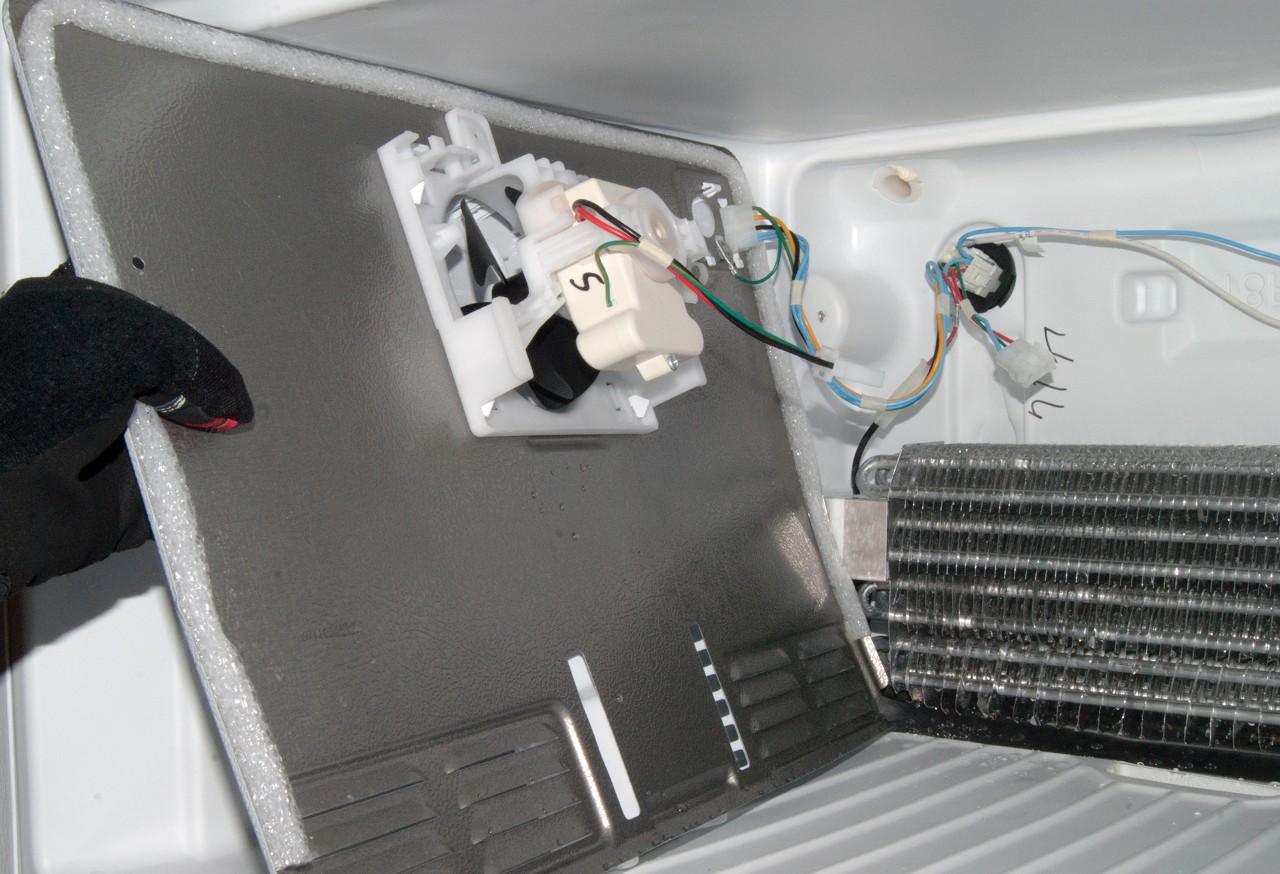
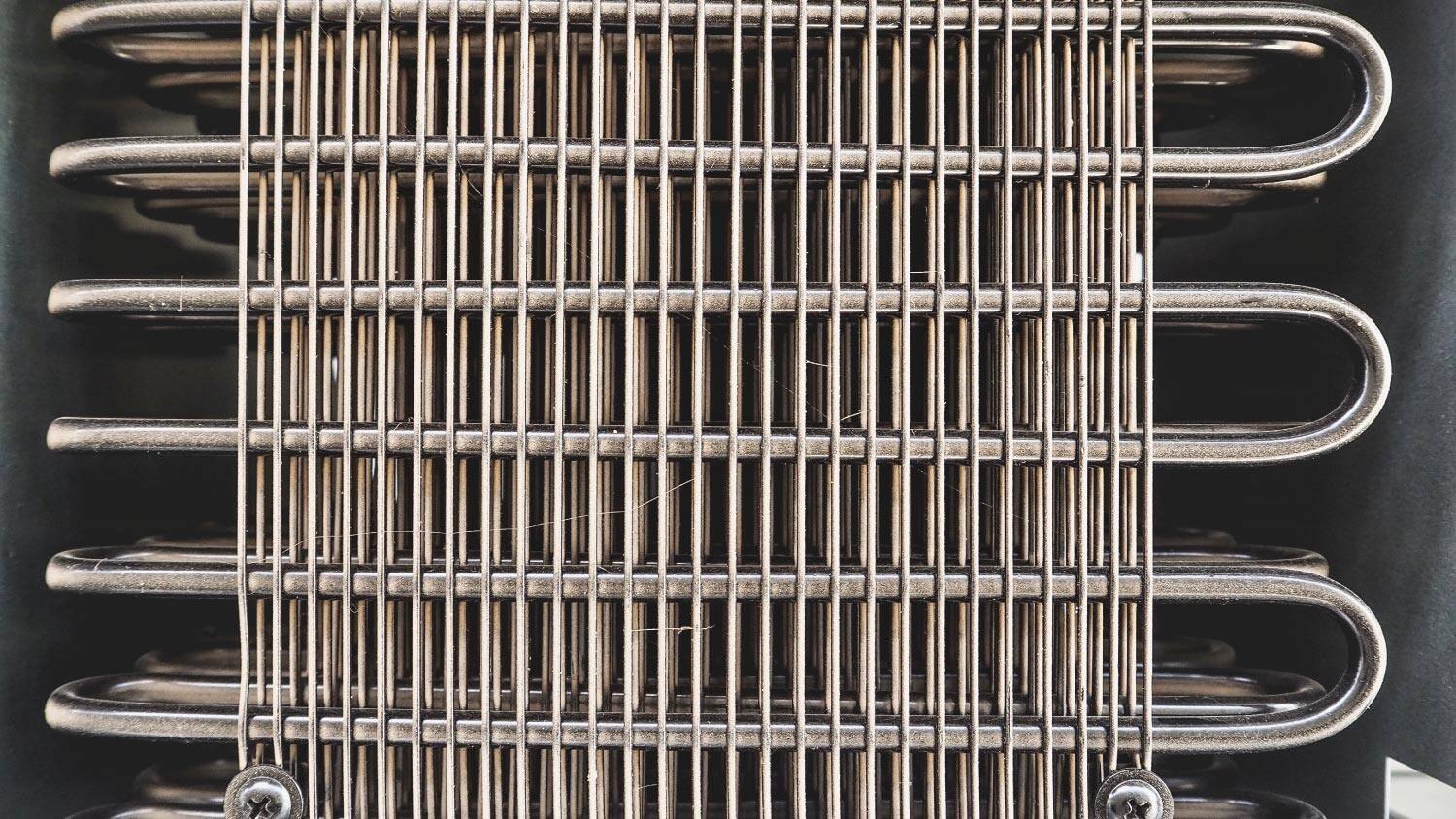
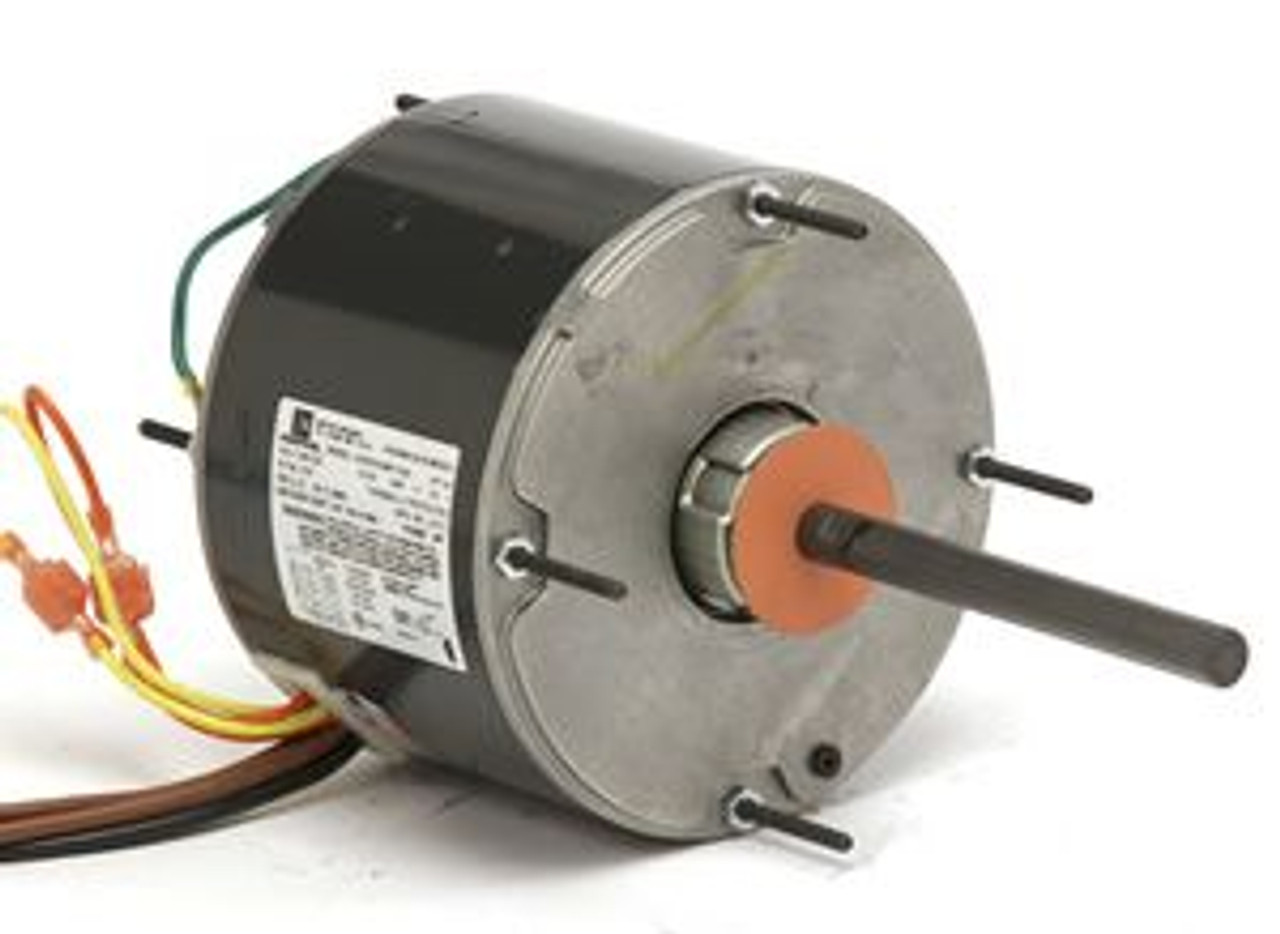
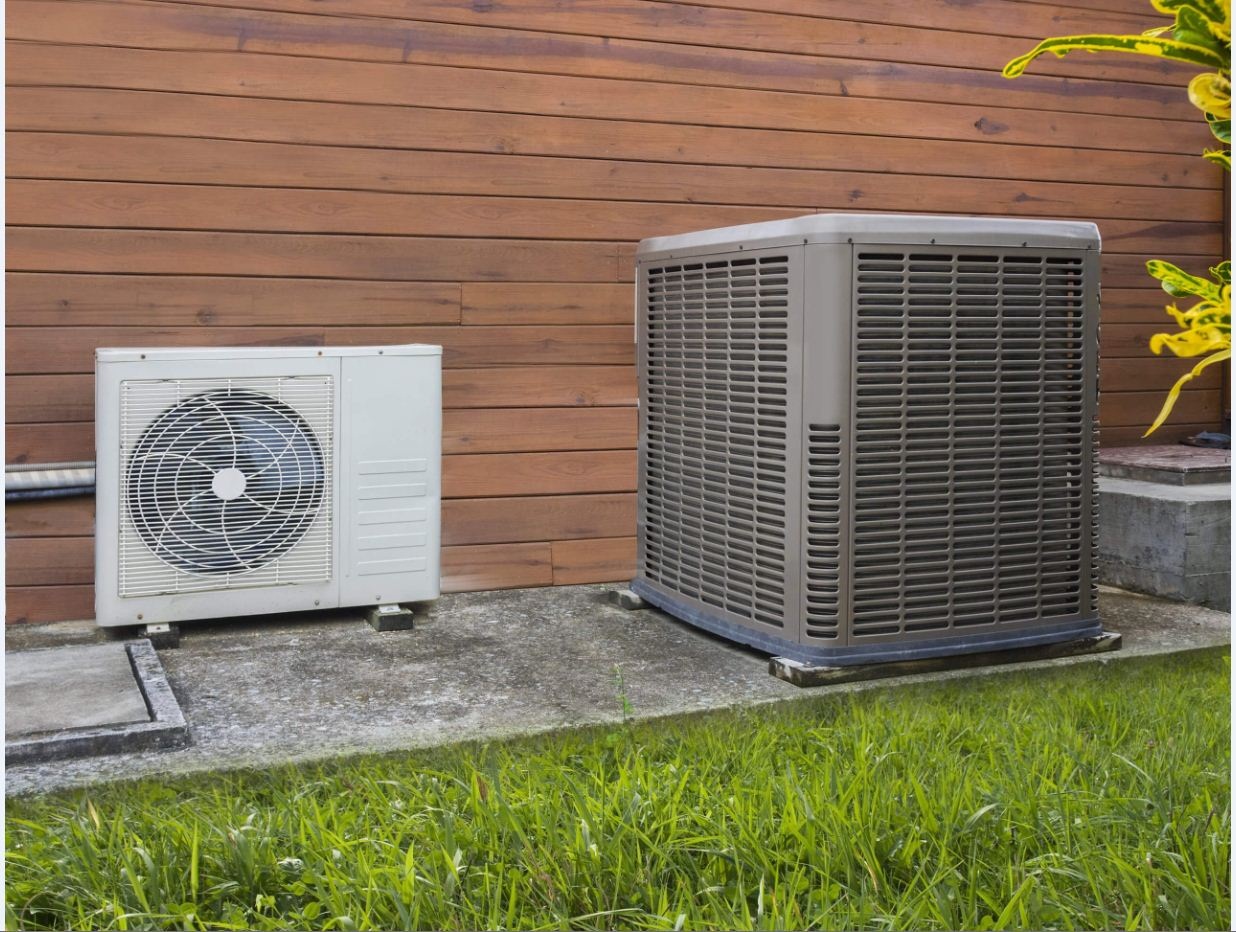
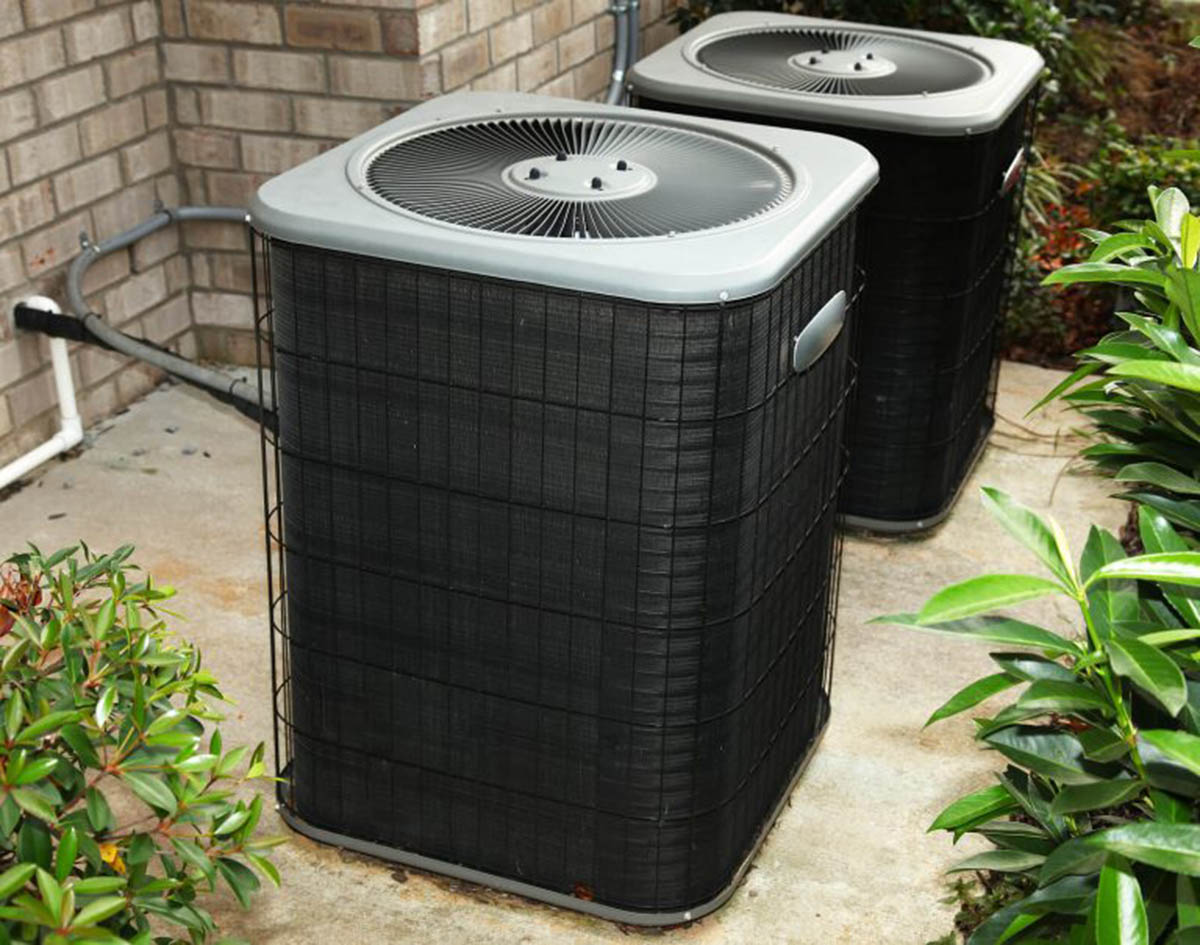
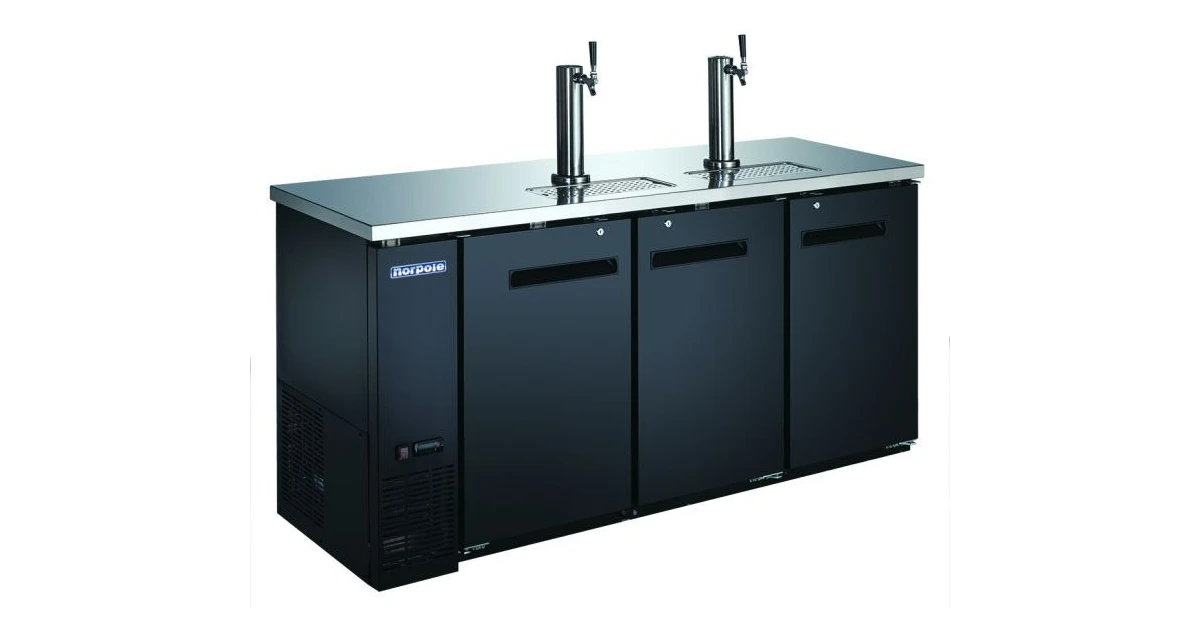
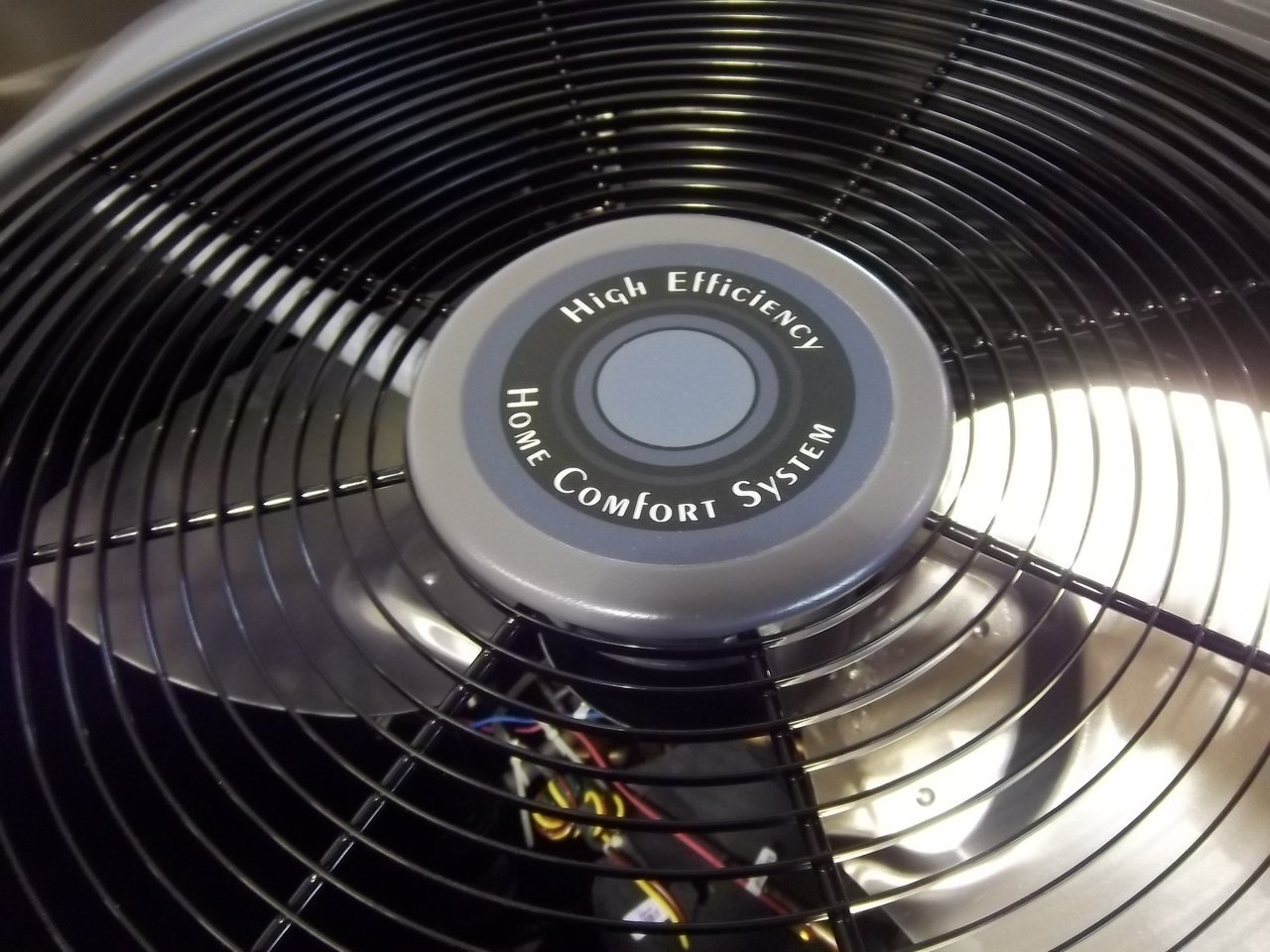

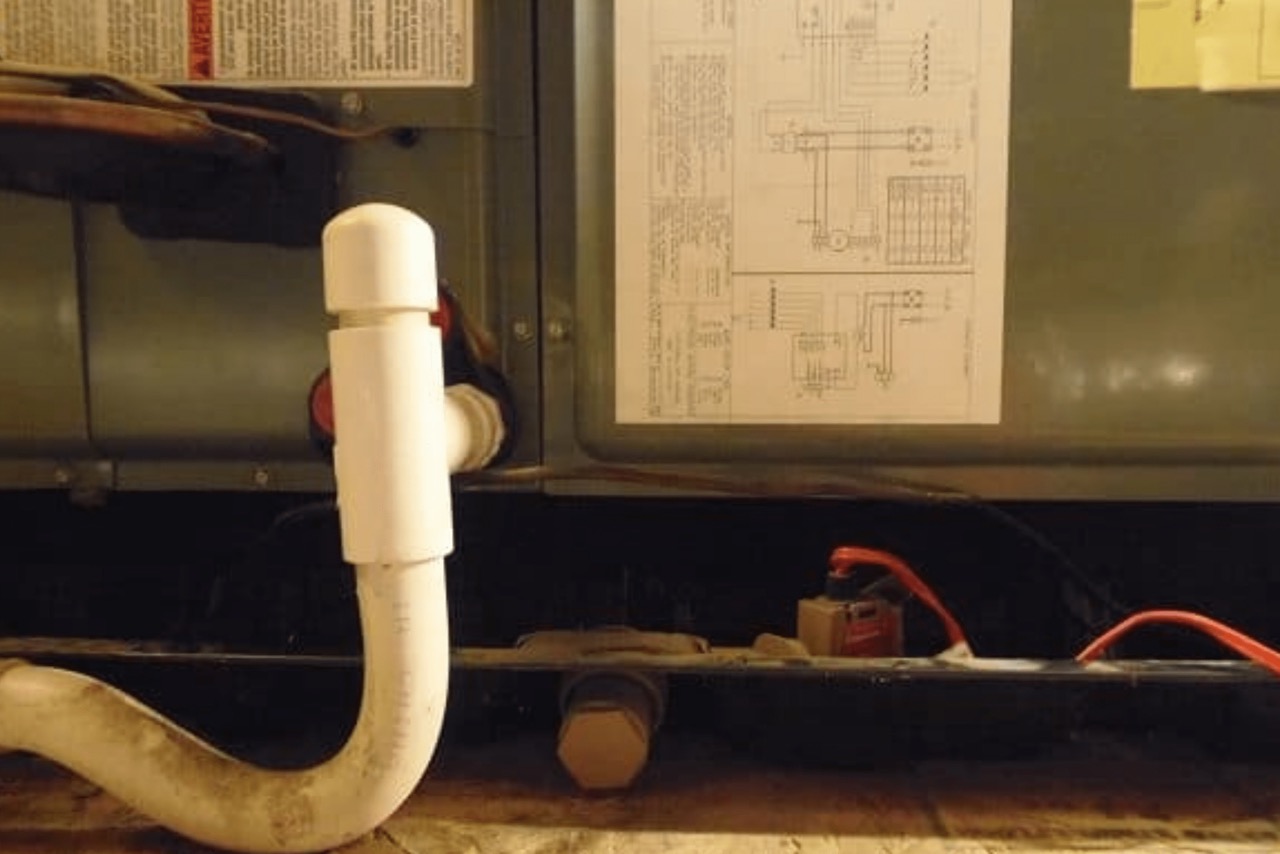
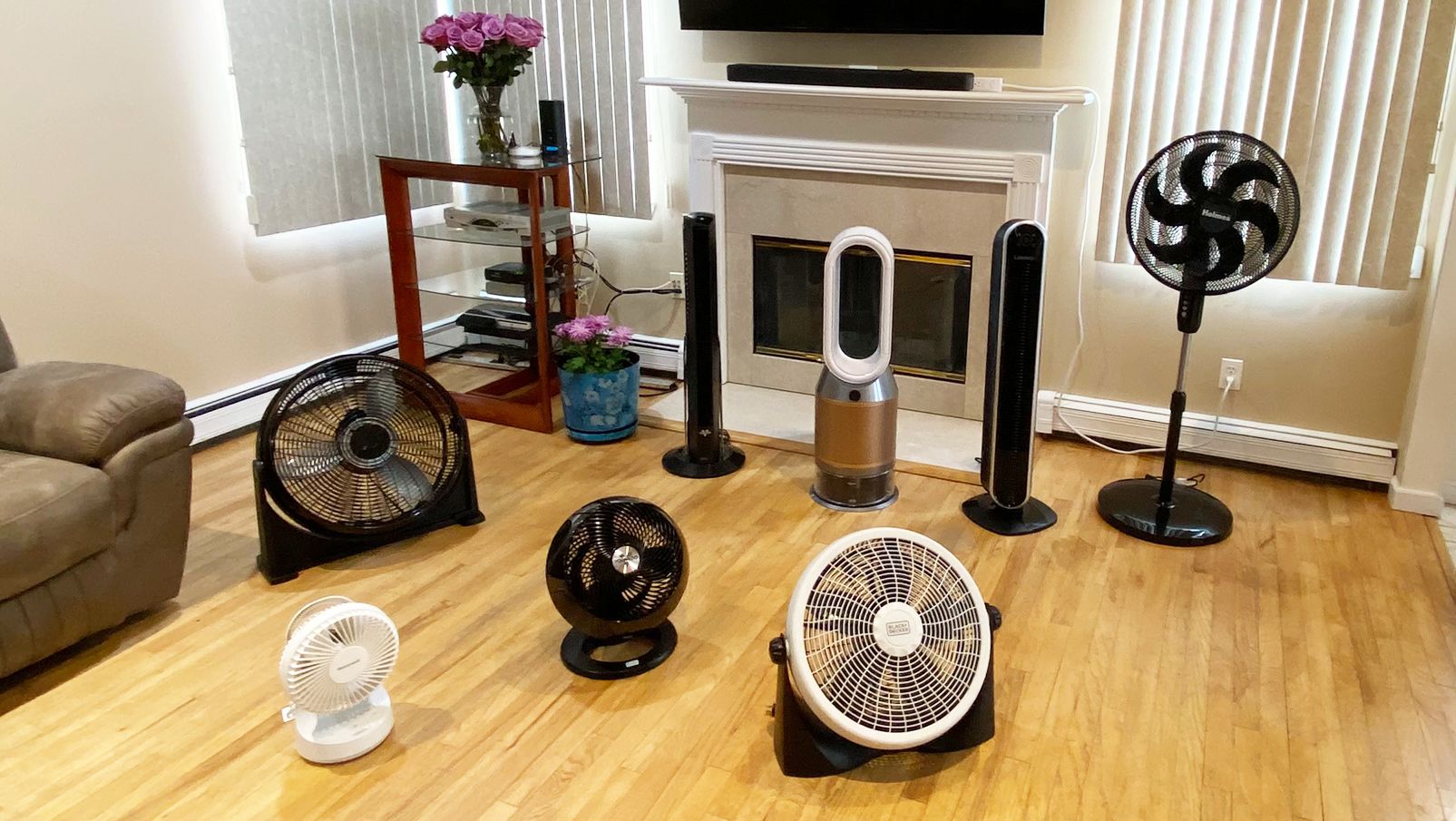

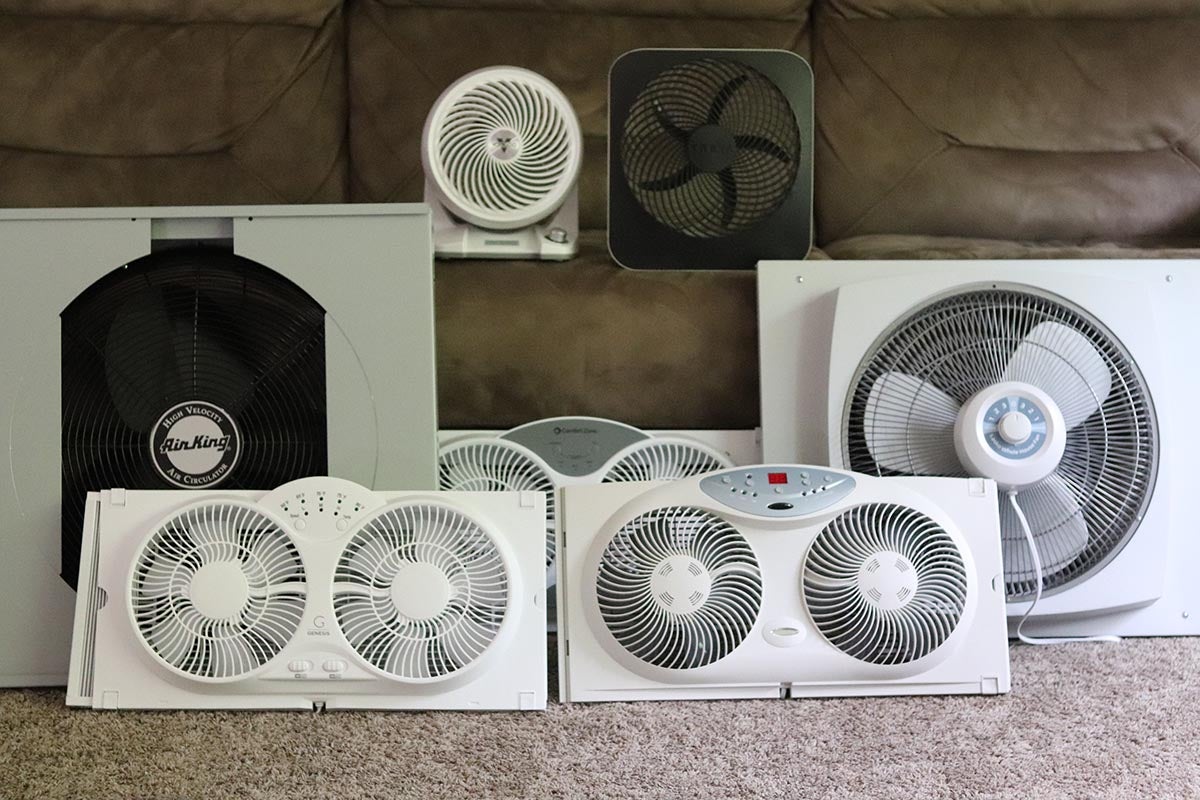
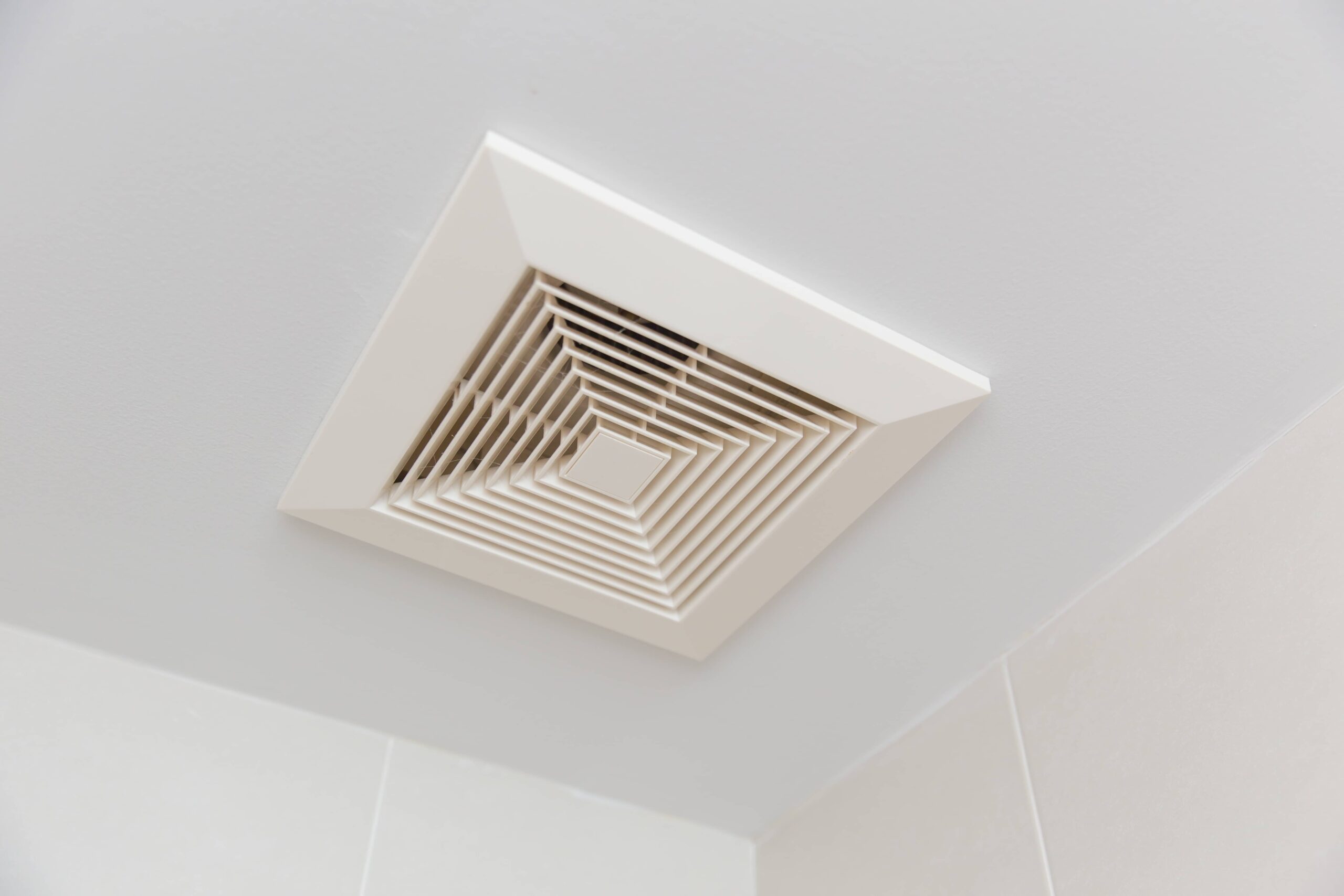


0 thoughts on “Where Is Condenser Fan In Refrigerator”